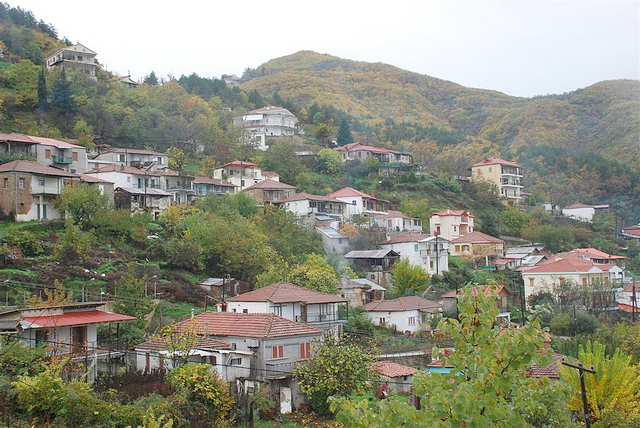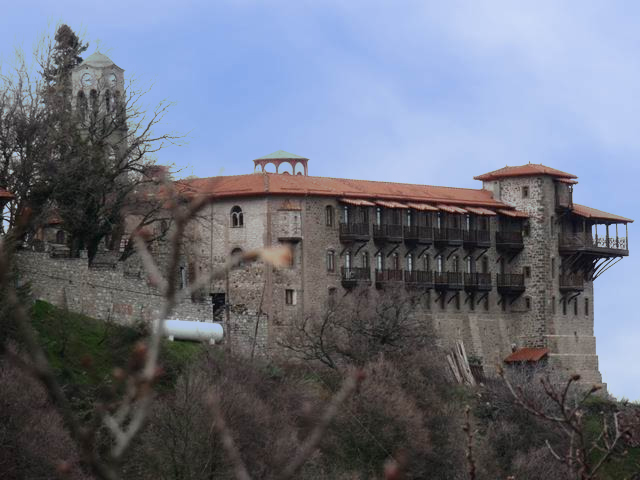
Lambero
|
|
| The wide asphalted road from Tsardaki leads us to Lambero Beach, 3 km to the south. the two big taverns next to the lake's waters are open every day with comfortable parking spaces and landscaped outdoor areas, generously offering the wonderful smell of nature, hospitality, local tastes, cooked dishes, coffees and refreshments for all tastes. Visitors can find friendly service, souvenirs, information leaflets and valuable information about thw region at the tourist pavilions.
On the other side of the lake, the mountaintops of Karavas, Voutsikaki, Borlero, the sleeping lady of the Agrafa (The Agrafa topsform the figure of a lady sleeping) etc stand out. The sunset in the area offers unique moments.
Two km from Lambero beach, on the way to the villages of the municipality of Itamos, we come upon Aghios Athanasios, a housing settlement of Lambero, which is small but under development, offering significant tourist infrastructure, rooms to let and taverns with quality services. Starting from Aghios Athanasios, a road of 5 km (a part of which is not asphalted for the time being but it is quite accessible for the biggest part of the year) leads us to the Holy Monastery of Petra, near Katafygi village. Five km to the south of Aghios Athanasios is Kastania, a village built on a slope if Itamos, under a forest with towering firs. The route to the village is extremelypleasant and pnoramic in the biggest prt. The thessaly plain extends to our left. The lake is to our right and in the horizon, we see the villages of the west side of the Sleeping Lady of Agrafa, the arched dam of the Tavropos river.
From Kastania, the beautiful village of the municipalityof Itamos, many choices open before us depending on our destination. This is the end of the tour on the east side of the lake. We are now going to tour the remaining villages of the Prefecture of Plastiras nd the road axis on the west shore of the lake. |
| |
| Mesenikolas |
|





